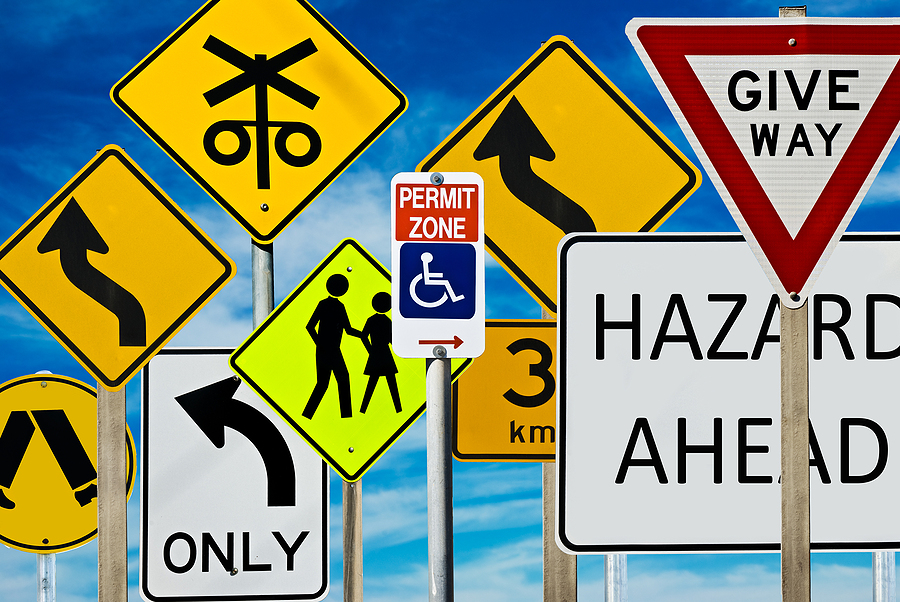Traffic sign placement and installation are one of the best things that aim to provide the utmost safety on the roads. The signs are ideal as they ensure safe, maintainable, and well-organized movement of people and goods. For sign placement, safety is usually the main factor of consideration.
Since there are plenty of traffic signs, our main focus is on the stop-and-go signs which are commonly referred to as lollipop signs. A lollipop sign is one of the most acknowledged traffic signs used today. This sign helps in preventing collisions as well as emphasizing awareness of the surroundings.
Most people relate stop and go signs with roads. However, there are different mediums where these signs are applied, for instance in offices, schools, and hospitals among other facilities. Read on to find out more about lollipop signs and how they impact our lives.
Scenarios where a lollipop sign is used
As mentioned, a lollipop sign can be placed or installed in various places to help pass across the intended message to avoid crashing and collision. We explain the scenarios below.
At school
Children love playing even when it’s not their time to. This is especially seen when they leave the school compound for their homes. A lollipop sign placement is most ideal in this case. The eye-catching signs provide a safe crossing environment for school-going children to enable fast and efficient road crossing. The signs are vivid enough to ensure motorists notice them from afar to prepare for their next cause of action. Oftentimes, the lollipop signage displays a retro-reflective face which enables vision even through darker atmospheres. This makes them perfect for those periods in the year when it’s usually pretty dusky earlier on school-going days.
Road works
Our roads need repairs from time to time to ensure efficiency. During this time, the workers have to temporarily close the part of the road they are repairing to prevent damages. And what better way of showing that the road is under repair than a lollipop sign. This signage ensures to maintain the traffic flow in road works areas. An automated lollipop sign is best used in this case because traffic flow can be regulated by a single operator at both ends of the working zone. The lollipop signage also works when there is an emergency at the work zone whereby the workers find suitable ways to deal with the situation.
Scene of an accident
Another perfect scenario where a lollipop sign is applicable is at sites where an accident has just occurred. This is because the signs are easy to set up to quickly manage traffic and safeguard the safety of the area. Lollipop signs in this case are usually used interchangeably with traffic lights given that they are relatively lightweight and highly portable.
Major Types of Lollipop Signs
There are three main types that are used today. These include fixed, folding, and automated signs.
Fixed
It is a conventional handheld lollipop sign that mostly applies to road works. Here, the sign gives the operator the right to manage the traffic flow with ease. The classic stop-and-go signage presents large and clear writing with optimum contrasts against the color of the background. This ensures clear visibility of the intended message.
Folding
This type has virtually similar characteristics as the fixed sign, just that the handle folds to maximize portability. It is ideal for school crossing with a vivid ‘Stop Children” sign.
Automated
An automated lollipop sign provides simple usage. The automation is derived from a handheld radio control unit that manages various stop-and-go signs simultaneously. Here, a single operator works on two units that aid to manage the flow of traffic effectively. It is particularly essential to safeguard the operator because of the distance they keep from the road.
A lollipop sign is a crucial part of managing traffic flow because it ensures the safety of all road users. And since they are easy to install, operating them is as easy.

